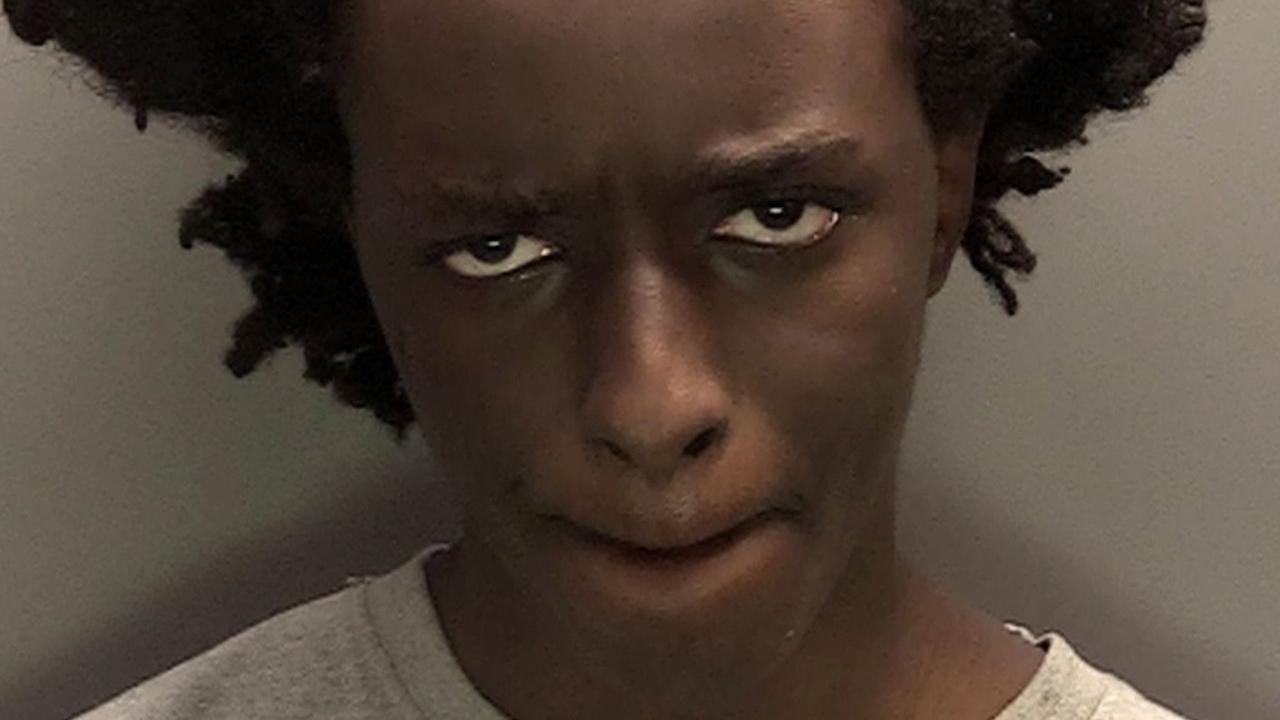Justine Damond trial: Prosecutors intend to screen last moments of Justine’s life
The family of Justine Ruszczyk Damond sat through harrowing autopsy evidence and crime scene video as the murder trial of her Minneapolis policeman killer continued today.
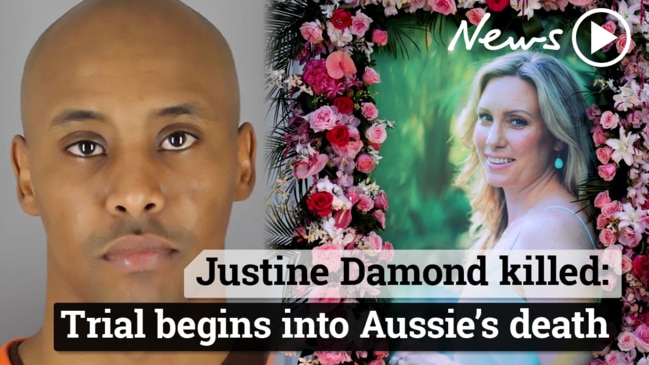
Crime in Focus
Don't miss out on the headlines from Crime in Focus. Followed categories will be added to My News.
The family of Justine Ruszczyk Damond sat through harrowing autopsy evidence and crime scene video as the murder trial of her Minneapolis policeman killer continued today.
Prosecutors used the second day of evidence to recreate the final moments of Ms Damond’s life, playing the two 911 calls she made to help a woman she thought was being assaulted behind her home.
Ms Damond, 40, was wearing a pale pink T-shirt with a picture of a mother and baby koala printed on the front when she approached the squad care being driven by Mohamed Noor’s then-partner Matthew Harrity, shortly before midnight on July 15, 2017.
Noor’s defence has argued Ms Damond slapped the back of the pair’s Ford Explorer, scaring them and leading them to think they were in a “classic ambush” situation to which Noor’s rightfully reacted by opening fire.
However prosecution experts today said there was no forensic evidence or fingerprints to show this was the case.
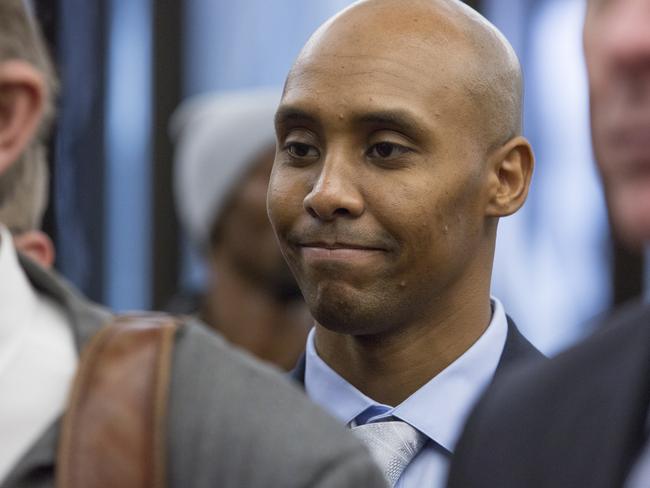
Prosecutors say Noor aimed and fired at Ms Damond “without saying a word” when she approached the driver’s side door of the car.
An emotional Don Damond, who had been engaged to marry Ms Damond, sat beside her father John Ruszczyk, who has travelled from Sydney with family for the trial and who is suing the city of Minneapolis in the most expensive civil trial in the state’s history over the death of his daughter.
Mr Damond shook his head several times and leaned forward as Ms Damond’s voice was played in court. Her brother Jason and his wife had similar reactions.

Ms Damond called 911 at 11.27pm and spoke for 74 seconds, explaining that she was worried about a woman she could hear behind her home who could be “having sex or being raped”.
“It sounds like sex noises but it’s going on for a while,” she said. “I think she’s just called out ‘help’.”
In a second call at 11.35pm, she was worried the police might have been held up because they had the wrong address, but was assured by the 911 operator police were on the way. Ms Damond then called Mr Damond, who was out of town for work, and told him the police had
arrived. She was shot a minute and 19 seconds after they hung up, and her time of death was 11.50pm.
Mr Damond was not in court for the afternoon session, which heard extensive evidence from the medical examiner who performed an autopsy on his fiance.
Assistant medical examiner Dr Lorren Jackson said it was highly unlikely Ms Damond would have survived the bullet fired by Noor, given that she lost so much blood, more than 1.6 litres, and that it hit several vital organs.
“With that kind of blood loss even quick help may not have been enough (to save her),” Dr Jackson said.
Dr Jackson also revealed that forensic tests showed there was no alcohol or drugs of any kind in Ms Damond’s system when she died. “The results were negative across the board,” he said of toxicology tests performed.
JUSTINE’S LAST MOMENTS REVEALED
Judge Quaintance yesterday ruled body camera footage captured by the first investigators on the scene after police officer Noor shot Ms Damond in 2017 would be made public.
She had earlier ordered that the footage would be shown only to the 16 person jury at the highly watched murder trial of Noor.
It comes as prosecutors displayed crime scene photos and video for much of the morning court session and heard from witnesses who were first at the scene.
Special Agent Adam Castilleja from the Minnesota Bureau of Criminal Apprehension, which was brought in to independently investigate the officer involved shooting, said he was struck by the location of the shooting.
“In my experience, that was typically a quiet neighbourhood, low crime rate, very unusual to get dispatched to priority one 911 calls” he said of the south Minneapolis area of Fulton.
“People there typically mind their own business, it’s very quiet.”

Yesterday, the fiance of Ms Damond detailed in harrowing testimony how he learned she had been shot dead just minutes after calling 911 to help another woman in distress.
Don Damond broke down several times as he described their last conversation and his regret at telling her to call police for help.
The court was also shown a transcript of the last conversations between the couple, starting with emojis of love hearts and angels and ending with his desperate, repeated phone calls and texts to her.
Mr Damond cried and took several deep breaths to steady himself as he answered prosecutor Amy Sweasey’s questions about what happened on the night of July 15, 2017, when he was in Las Vegas for a business trip.
At 10.04pm, she texted, saying: “Night!”
“Night!! XO!!” Mr Damond replied.

The pair then traded emojis including an angel, upside down smiley face and kissing faces.
At 11.24pm, Mr Damond looked at his phone during a meting and saw he had missed two phone calls from Ms Damond, prompting him to text: “Hi baby, everything OK? Oily (their code for Oh I love You)”.
Five minutes later, Ms Damond called her fiance tell him she was worried about what she could hear outside.
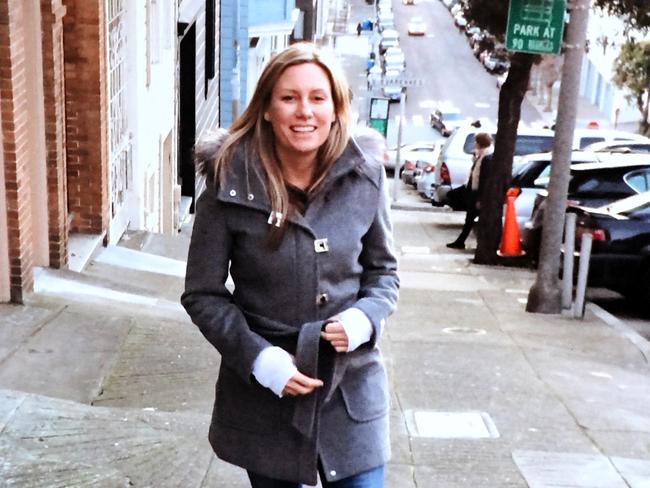
Ms Damond said: “It’s really weird but it sounds like she could be enjoying it, but it also sounds like she could be distressed”.
Mr Damond said the pair spoke for close to a minute, before he urged her to call the police for help.
“I said I think you should call police, and I think you should stay put,” he said.
Five minutes later, Ms Damond texted: “Called 911 they on the way.”
“OK, keep me updated,” Mr Damond said at 11.31pm.
Six minutes later, as she was waiting for officers to arrive, the pair spoke for another minute and 41 seconds, at the end of which she said, “OK, the police are here.”
They didn’t speak again, and the transcript showed in court revealed Mr Damond repeatedly messaging and calling to find out what was going on, saying: “Hello?” in one message, and “Let me know what is happening”, in another.
It wasn’t until about 2am that Mr Damond said he received another call, from a Minneapolis police officer telling him Ms Damond had been killed.
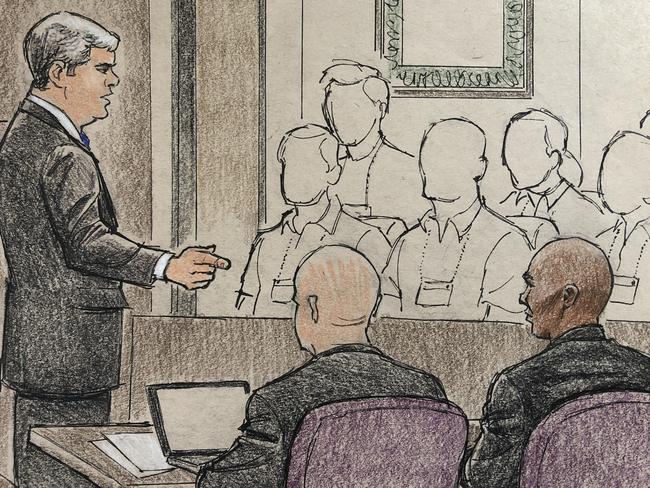
Opening statements in the trial detailed the last moments for the Australian meditation teacher and counsellor.
Minneapolis prosecutor Patrick Lofton opened the state case by arguing that “you should be able to ask the police for help and feel safe”.
He said Ms Damond spoke to her fiance and: “One minute and 19 seconds later, she said the words, ‘I’m dying.’”
“As she said those words she was standing outside the officers’ conspicuously marked Minneapolis squad car cradling a gunshot wound to her abdomen and bleeding.”
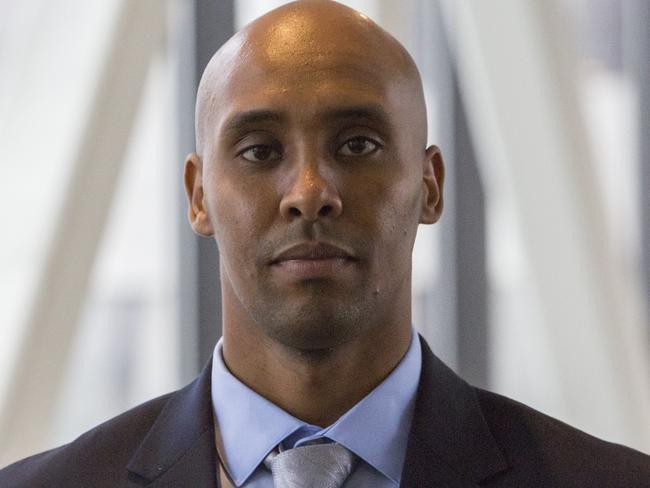
The shooting happened on a hot summer, Saturday night in “by far and away Minneapolis’s lowest crime area”.
Lofton said Noor had “taken aim” and shot Ms Damond deliberately, to the shock of his partner, Matthew Harrity, who was driving the pair’s squad car.
“He shot her through an open drivers side window of that car. He fired that shot without saying a word,” Mr Lofton said.

Prosecutors were also critical of the initial investigation into the shooting, saying that attending officers seemed to be trying to find a reason for Noor to have fired and that they appeared to be creating a cover-up by selectively using their body cameras to interview the two officers.
Noor, 33, is on trial for second degree murder and manslaughter.
Noor’s defence Peter Wold argued that the rookie officer had been acting in self defence because he felt he and Harrity were being ambushed, which was something “in the back of the minds of most police officers”.
Mr Wold paid tribute to Ms Damond, describing her as a “wonderful woman”. But there was an awkward moment when at the first instance he referred to her as “Janine”, drawing gasps from the court.
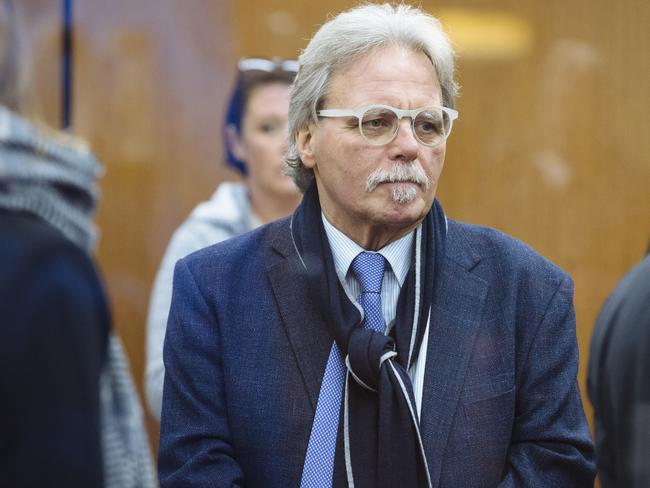
He said his client had been terrified, and using his police training, had responded with reasonable force.
Ms Damond’s Sydney family have travelled to Minneapolis for the trial and are sitting in the front row of the courtroom, next to Noor’s father, mother and wife.
The trial is expected to take three to four weeks.
Originally published as Justine Damond trial: Prosecutors intend to screen last moments of Justine’s life

